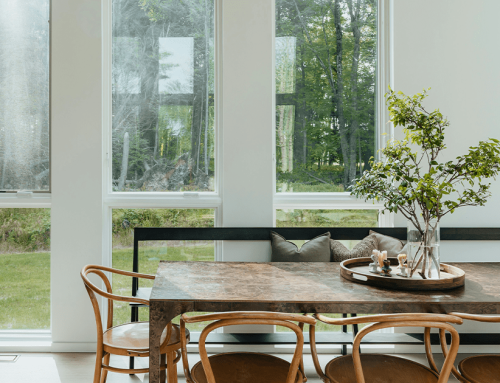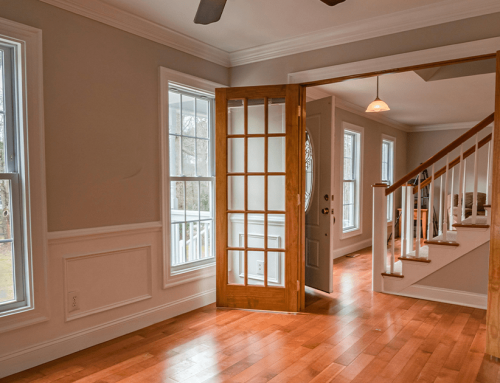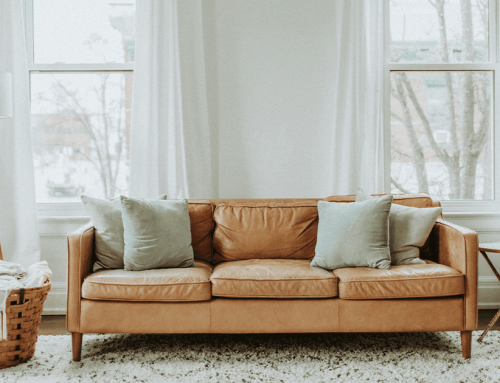Letting the Light In: A Story About Space and Feeling
Imagine walking into a room filled with soft, warm sunlight. The glow reflects off your walls, brightens the floors, and instantly lifts your spirits. Now imagine stepping into that same room with the curtains drawn tight, the space dim and shadowed—it feels smaller, heavier, and less alive.
It’s not just in your head. Natural light has a powerful influence on our emotions, productivity, and even physical health. The design and placement of your windows can quite literally shape the mood of your entire home. In this post, we’ll explore how windows that maximize natural light do more than enhance your interior aesthetic—they can enhance your well-being, too.
The Psychology of Natural Light
Humans are hardwired to respond to natural light. Our circadian rhythms—the internal clocks that regulate sleep, energy levels, and mood—are directly influenced by daylight exposure. When we don’t get enough natural light, our rhythms can become disrupted, leading to fatigue, irritability, and even symptoms of seasonal depression.
Rooms that receive ample sunlight tend to feel more open and inviting. Whether it’s a sunny breakfast nook or a bright home office, spaces flooded with natural light are often associated with positivity, energy, and focus. This is why homeowners increasingly prioritize light exposure when considering window placement and design.
Windows as Mood Shapers
Windows act as emotional portals. Large panes of glass that invite sunlight into the home can instantly make a space feel more comfortable, calming, and connected to the outdoors. In contrast, small or poorly placed windows can make rooms feel enclosed or isolated.
Here’s how thoughtfully placed windows impact everyday mood:
- Morning light in the kitchen can energize your morning routine and boost serotonin levels.
- Midday sun in a workspace helps reduce eye strain and mental fatigue during long hours of focus.
- Golden hour light in the living room creates a sense of peace and calm as the day winds down.
Whether you’re renovating or simply rethinking how you use space, incorporating more natural light windows into your home design can make a noticeable difference in how you feel each day.
Practical Perks of Natural Light
Beyond its emotional benefits, natural light serves several practical purposes that make your home more functional and enjoyable. It’s not just about feeling better—it’s about living better.
Here are some everyday advantages of natural light windows:
- Reduced electricity usage: Sunlight can dramatically cut down your need for artificial lighting, especially during daytime hours.
- Improved visual clarity: Natural light provides true color rendering and better illumination, which is ideal for reading, cooking, or working.
- Healthier indoor environment: Sunlight has natural disinfecting properties and can help reduce mold, mildew, and allergens in darker corners of the home.
Maximizing natural light doesn’t just brighten your interiors—it makes them more efficient, healthier, and easier to live in.
Energy Efficiency and Natural Light Windows
Many homeowners worry that more windows will lead to higher energy bills, but the opposite can be true—if you choose the right windows. Modern natural light windows are engineered to provide excellent insulation and UV protection while still allowing sunlight to pour in.
High-efficiency window features include:
- Low-E glass: A microscopic coating reflects heat while letting in visible light.
- Argon gas insulation: Gas-filled panes reduce thermal transfer without darkening the glass.
- Double or triple glazing: Multiple layers of glass improve insulation and noise reduction.
By selecting energy-efficient windows that also maximize sunlight, you can reduce your reliance on both electric lighting and climate control systems—saving money and lowering your carbon footprint.
Window Styles That Maximize Natural Light
Not all windows bring in light the same way. The size, shape, and orientation of your windows will determine how much and what kind of light filters into your space. Choosing the right style is key to enhancing both mood and function in each room.
Top natural light–friendly window types include:
- Picture windows: Large, fixed windows that offer expansive views and uninterrupted sunlight.
- Bay and bow windows: These windows extend outward, capturing light from multiple angles and making rooms feel larger.
- Casement windows: Hinged on the side, these open outward and allow for excellent airflow and light penetration.
- Clerestory windows: Placed high on the wall, these let in sunlight without sacrificing privacy or wall space.
Each window style has its own advantages, and combining different types throughout your home can help you create the perfect balance of light, airflow, and comfort in every space.
Bringing Light and Life Into Your Home
Natural light isn’t just a design feature—it’s a feeling. It’s the warmth on your floor in the early morning, the soft glow that dances across your walls in the evening, and the subtle shift in atmosphere that makes your space feel more like home. When thoughtfully incorporated, windows become more than architectural features—they become daily sources of joy, wellness, and connection to the world outside.
Whether you’re planning a major renovation or simply want to reimagine a single room, focusing on natural light windows can change your perspective—literally and emotionally. As more homeowners recognize the link between environment and well-being, the role of windows has shifted from structural to essential. The light you let in can help you feel more alive, more inspired, and more at peace in your own space.




